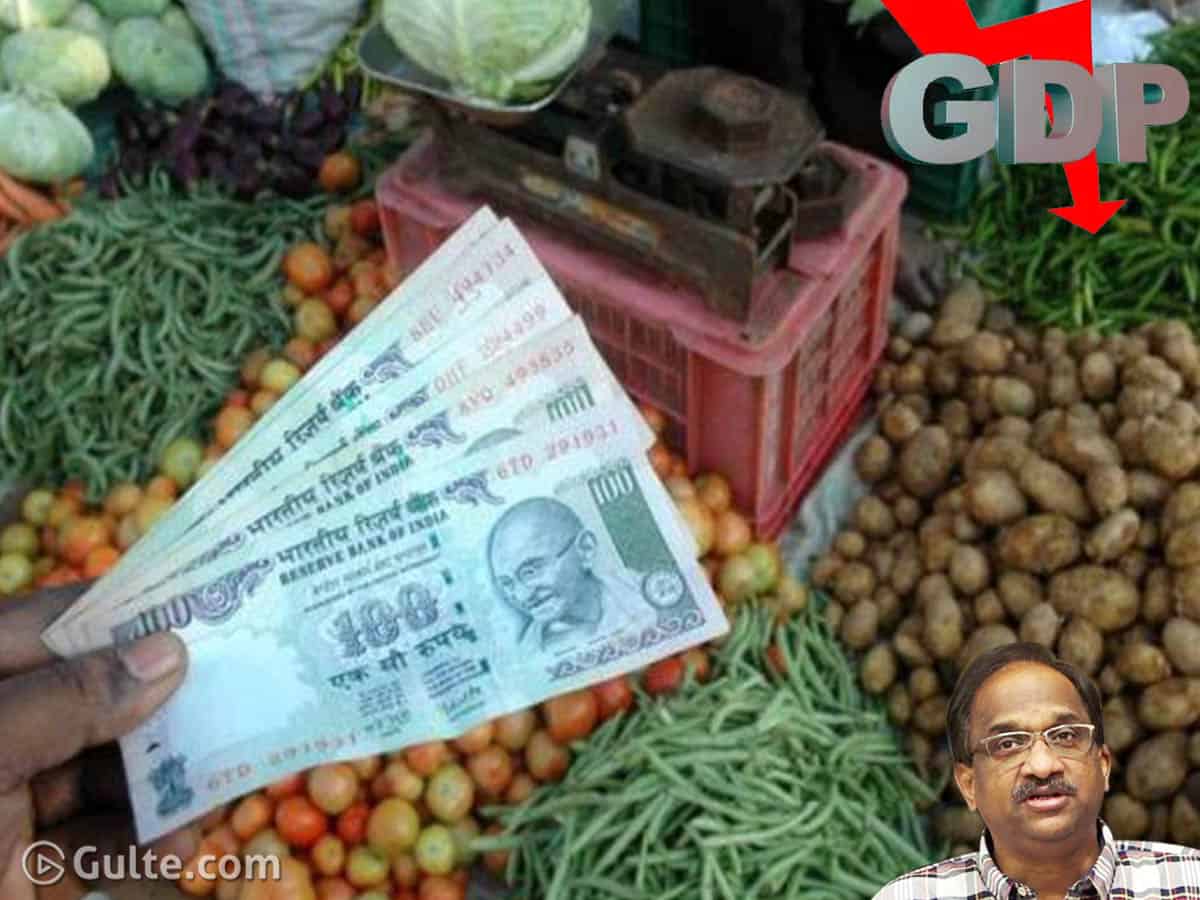Economists use a concept called Stagflation to describe combination of stagnation in the economy accompanied by inflation. This has a lethal impact on the people’s living conditions. Higher prices when the incomes are raising are acceptable. But, increase in prices at a time when incomes stagnate make the lives of millions miserable.
But, now the situation is more worry-some with economy contracting and inflation raising. I may venture to call this peculiar situation as conflation, a combination of contraction and inflation. This is certainly more lethal than stagflation as prices rise at a time when people’s incomes are falling.
The latest inflation numbers released officially paints a grim picture. The retail inflation stood at 7.34 for the month of September. In fact, the finance minister celebrated when the inflation marginally slipped to 6.57 from 6.63 in the month of August when compared to July 2020. The Reserve Bank of India (RBI) pegs the comfortable level of inflation at 4 percent with an upward swing of 2 percentage points.
It means anything above 6 percent is a matter of concern for the economy even by the standards set by the central bank. But, the retail inflation that indicates the direct impact on people has been above 6 percent since June 2020.
The more worrying aspect is the higher levels of food inflation which stood at 10.68 percent. It may be noted here that as per the National Sample Survey, expenditure on food accounts for over 60 percent of Monthly Percapita Expenditure (MPCE) among the poorer households. Higher food inflation, therefore, disproportionately hurts the poor.
The inflation rate is much higher in meat, eggs, pulses, vegetables, fats, fruits etc., vital for boosting immunity during the Pandemic.
Higher levels of food inflation is absolutely unacceptable at a time when agriculture alone has registered a positive growth even during the first quarter of this fiscal. The bumper harvest coupled with good monsoon forecasts a positive trend for agriculture. Why should food prices rise at this point in time? The supply chains are also opening up. Even the farmers are not the beneficiaries of higher food prices as evident from the anecdotal evidence.
Despite a record level of 104 million tonnes of food grains in the FCI godowns, precious little is done to stem the higher food prices.
The GDP has fallen by 24 percent in the first quarter of this fiscal. The second quarter is also expected to witness double digit contraction. The World Bank pegs the contraction in Indian economy for the entire financial year a little less than 10 percent while the IMF estimates over 10 percent contraction.
Thus over 10 percent contraction with equal level of food inflation will be disastrous for the Indian poor especially at a time when the governments is demonstrating undesirable fiscal conservatism.
— By Prof K Nageshwar
For Prof K Nageshwar’s views please subscribe to Telugu Videos | English Videos
Tags Business India Prof K Nageshwar
 Gulte Movie News And Politics
Gulte Movie News And Politics

















